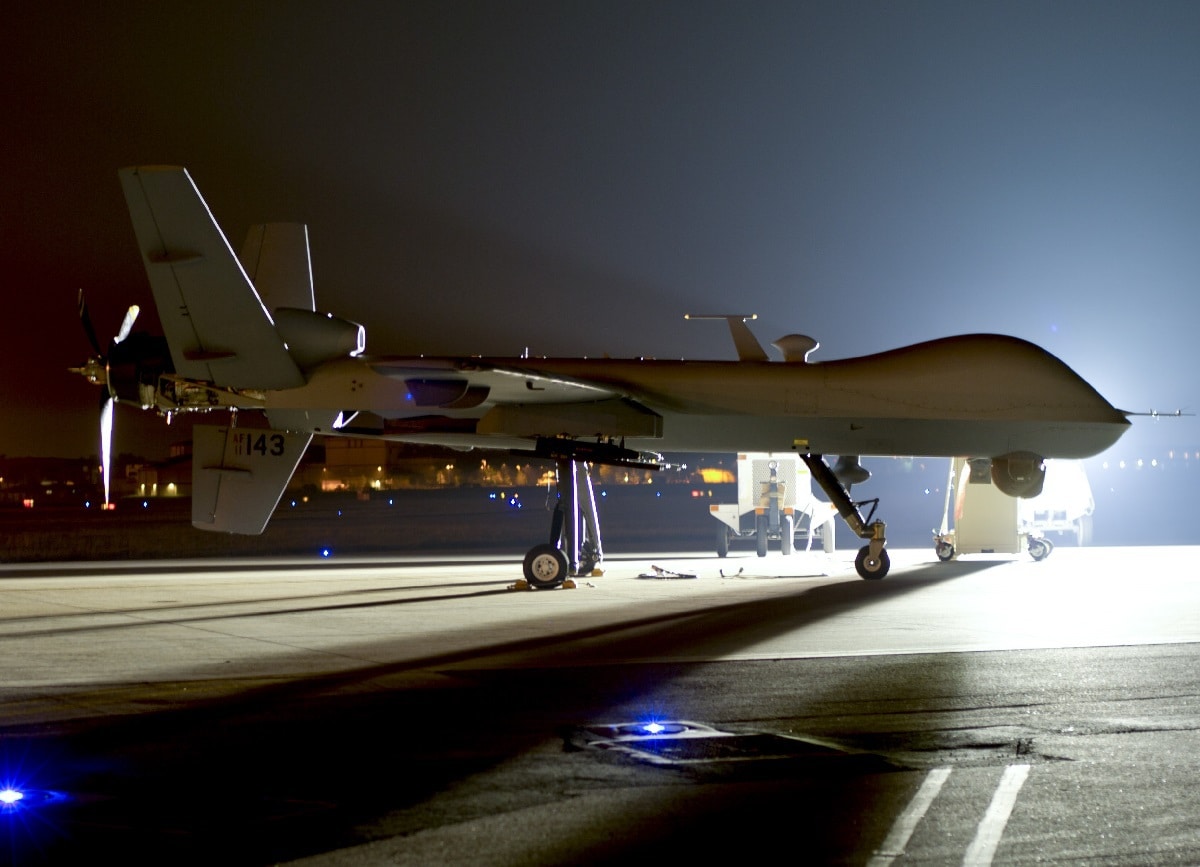Drones have played a crucial role in the conflict in Ukraine – and seeing the potential that such small unmanned aerial systems (UAS) could play in asymmetric warfare, Taiwan is now calling upon its domestic industry to build an indigenous supply chain within in a year that could create the drones to fend off an invasion. With a vastly smaller military and a significantly smaller defense budget, Taipei has long realized it is David to the Goliath that is Beijing.
Yet, as has been in Ukraine, the right weapons in the hands of a determined enemy can drive out an invader – and drones could be this proverbial David’s slings. Moreover, where Kyiv has been supplied with a steady stream of weapons from western powers, Taipei certainly understands that it must build up a sizeable force and have a defense industry ready to step up should an invasion be mounted.
It is highly unlikely that any foreign aid could be supplied to the self-ruling island if China were to mount an invasion. Cut off from outside support, Taiwan – which Beijing sees as a breakaway province that will be returned to mainland control and by force if necessary – would essentially be on its own.
Being able to mass produce a force of drones domestically is part of President Tsai Ing-wen’s effort to make his nation’s armed forces focus on an increasingly pressing threat from Beijing.
Taiwan Playing Catch Up
Just as China has a superior-sized military force, and the money to fund it, Beijing has a head start when it comes to drones. Just as it has sent aircraft into the self-governing island’s air defense identification zone (ADIZ), the People’s Liberation Army (PLA) has begun to deploy drones near and even into Taiwan’s airspace.
Yet, Taipei is determined to catch up as quickly as possible.
“Our military has so far failed to present a clear concept for the use of unmanned aerial vehicles in war fighting and to capitalize on our private sector’s significant capabilities in that field,” a senior official in Tsai’s administration told the Financial Times this week. “The war in Ukraine has highlighted the urgency of preparing for conflict in the Taiwan Strait and the crucial role drones can play in such a conflict.”
In the past, Taipei has focused on acquiring systems made overseas – and in September, Taiwan reached a $55 million deal with Washington to buy four MQ-9B SeaGuardian drones, the maritime variant of the Reaper.
Domestic Drone Makers
Drone manufacturers on the island are now determining how to best deploy UAS assets for self-defense. Several Taiwanese companies make commercial drones, but the market has largely been untapped for defense purposes.
One of the companies that have already stepped up to address the Chinese threat is JC Tech, maker of the “Flyingfish” suicide drones, which are available in three sizes. The middle-size drones weigh just 2.2 kg but can carry a 500-gram payload – equal to about 10 grenades. Much like the American-made Switchblade, the Flyingfish costs about $3,000, which makes it a relatively affordable, massively deployable asymmetrical platform for Taiwan and other small nations that can’t rely on large military-grade UAS.
Capable Drones for Taiwan?
All three of the Flyingfish models are equipped with onboard cameras, GPS, and artificial intelligence (AI), the latter of which can identify enemy forces, land vehicles, or even vessels. As a loitering munition, it can find a target of opportunity and then be deployed to strike.
Though small, these drones could be another weapon that could be used to target an invasion fleet and cause significant damage even before an adversary is able to land its forces.
A Senior Editor for 19FortyFive, Peter Suciu is a Michigan-based writer. He has contributed to more than four dozen magazines, newspapers, and websites with over 3,000 published pieces over a twenty-year career in journalism. He regularly writes about military hardware, firearms history, cybersecurity, and international affairs. Peter is also a Contributing Writer for Forbes and Clearance Jobs. You can follow him on Twitter: @PeterSuciu.

